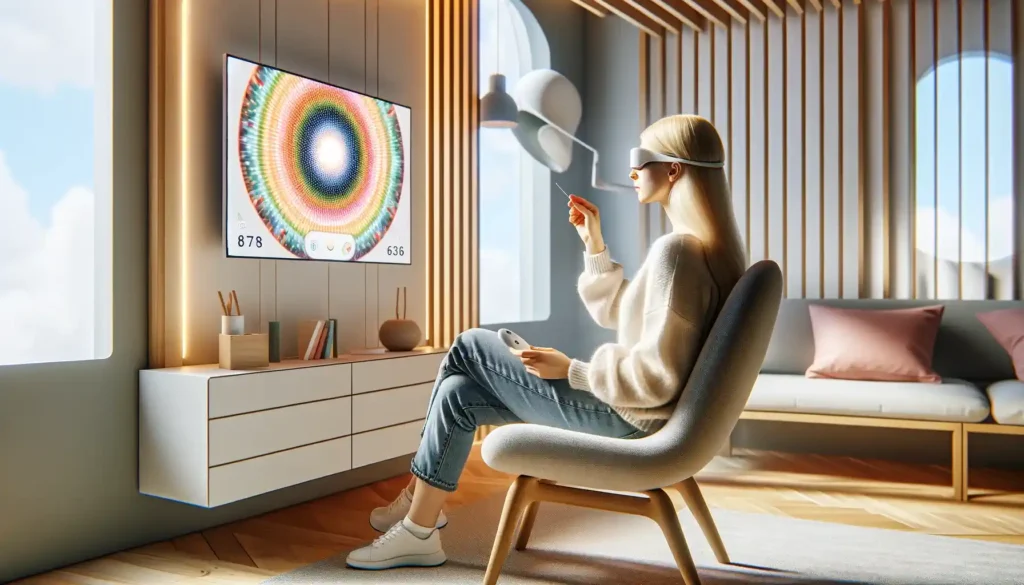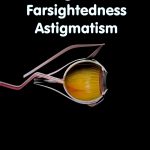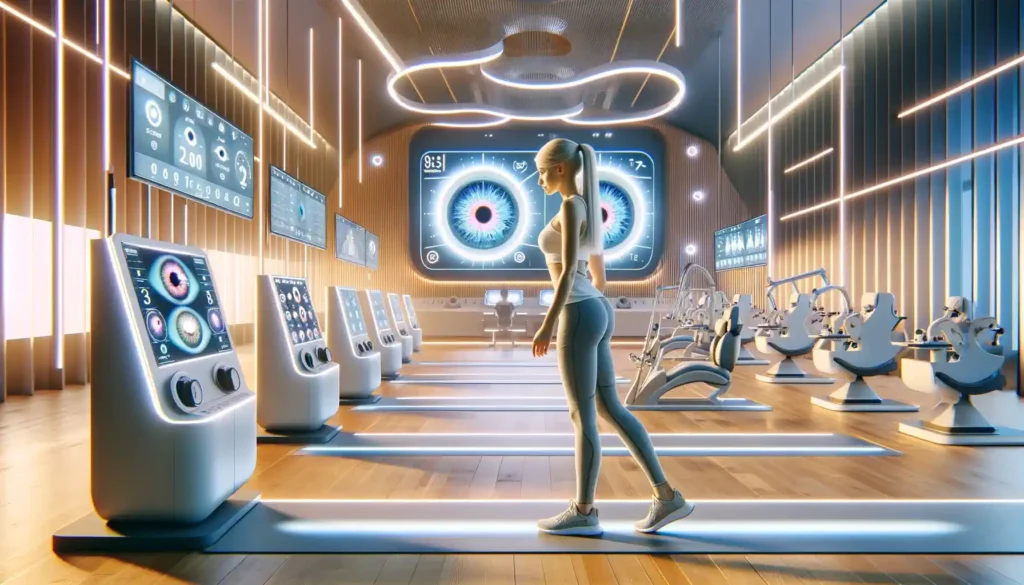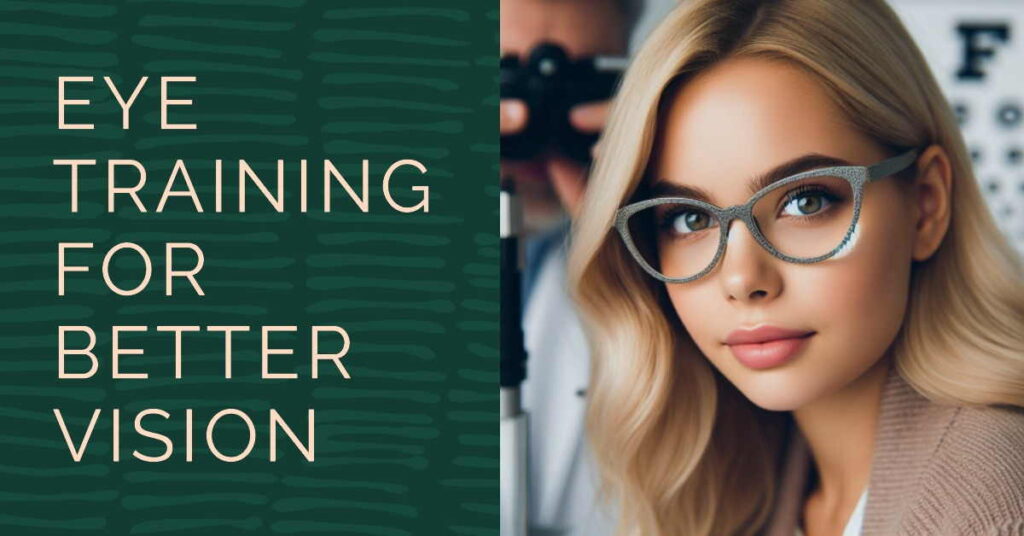What do Eyeballs look like with Myopia, Farsightedness, or Astigmatism? Changes in eyeball shape can shift eye focus. It is important to get eye muscles flexible.

With Nearsightedness, the eyes are slightly compressed and extended forward, like a cucumber, which makes it difficult to properly focus on the retina and the sun rays focus at a point in front of the retina. That is why far objects are blurry.

With Hyperopia eyeball is slightly short and flat. The light rays focus at a point behind the retina, because of the imperfect shape. And close objects are blurry.
With Astigmatism an eyeball is slightly compressed by one or more of the eye muscles, for example, if slightly touching an eyelid, vision gets blurry or it is beginning to double in the eyes.
How Eyeballs look like with Myopia, Farsightedness, or Astigmatism in-depth in the video.
How to get better eye shape with the eye training course Eyesight Academy

Comprehensive Eye Training Program Eyesight Academy provides a step-by-step training program specifically designed to enhance eye muscle shape and vision. We cover a wide range of exercises, techniques, and tips that target the muscles around the eyes, helping you achieve noticeable improvements in your vision and a more flexible eye shape.
Learning eye exercises is engaging and interactive through video demonstrations and detailed explanations. You’ll have access to a variety of the best eye exercises that guide you through the training process. Allowing you to practice the techniques effectively and confidently.

How Eyeballs Look with Myopia, Farsightedness, and Astigmatism: A Visual Exploration
Our eyes are incredibly complex organs that play a vital role in our perception of the world. They are the gateway through which we experience the beauty of our surroundings. However, not all eyes are created equal, and vision abnormalities can alter the way eyeballs appear. In this article, we’ll delve into how eyeballs look when affected by common refractive errors such as myopia (nearsightedness), farsightedness (hyperopia), and astigmatism.
1. Myopia (Nearsightedness): The Elongated Eyeball
Myopia, or nearsightedness, is a common vision condition where distant objects appear blurry while close objects are seen clearly. It occurs when the eyeball becomes elongated, causing light to focus in front of the retina rather than directly on it.
How Eyeballs Look with Myopia:
Elongated Shape: Myopic eyeballs tend to have an elongated shape from front to back.
Increased Axial Length: The axial length of the eye (the distance from the front to the back) is typically longer in myopic individuals.
Retina Placement: The retina may be situated slightly closer to the front of the eye compared to non-myopic eyes.
Thinner Lens: The lens within the eye may be thinner than in non-myopic eyes.
2. Farsightedness (Hyperopia): The Shortened Eyeball
Farsightedness, or hyperopia, is another common refractive error. In hyperopic eyes, near objects may appear blurry, while distant objects are relatively clearer. This condition arises when the eyeball is shorter or less curved than it should be.
How Eyeballs Look with Farsightedness:
Shorter Eyeball: Farsighted eyeballs are often shorter from front to back.
Reduced Axial Length: The axial length of the eye may be shorter than that of emmetropic (normal) eyes.
Retina Placement: In hyperopic eyes, the retina is situated a bit farther back within the eye.
Thicker Lens: Hyperopic eyes may have a thicker lens to compensate for the insufficient curvature of the eyeball.
3. Astigmatism: The Irregularly Shaped Eyeball
Astigmatism is a vision condition caused by an irregularly shaped cornea or lens, leading to blurred or distorted vision at all distances. While not a distortion of the eyeball itself, astigmatism affects the way light enters and focuses on the eye.
How Eyeballs Look with Astigmatism:
It’s important to note that these descriptions of how eyeballs look with myopia, farsightedness, and astigmatism are generalizations. In reality, the appearance of the eye’s external structure may not always directly correspond to its refractive error. The changes primarily occur within the internal components of the eye, such as the length and shape of the eyeball.
If you suspect you have a refractive error or are concerned about your vision, it’s crucial to consult an eye care professional. They can perform a comprehensive eye examination to diagnose the specific refractive error and recommend appropriate corrective measures, such as eyeglasses, contact lenses, or refractive surgery.
In conclusion, the beauty of the eye lies not only in its appearance but also in its remarkable ability to adapt and focus light to provide us with clear vision. While refractive errors may affect the way light enters the eye, they don’t diminish the intrinsic beauty and complexity of this incredible organ.

